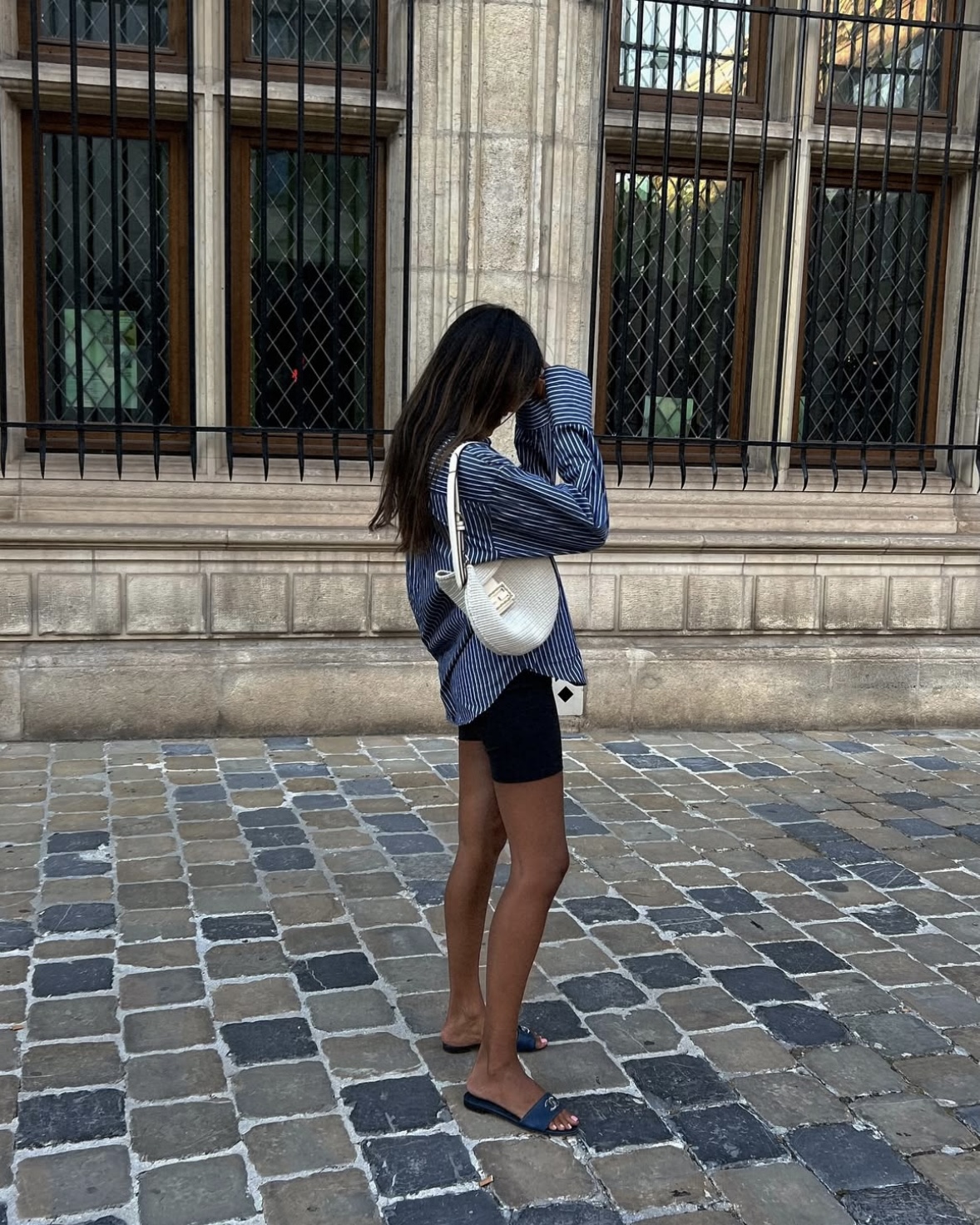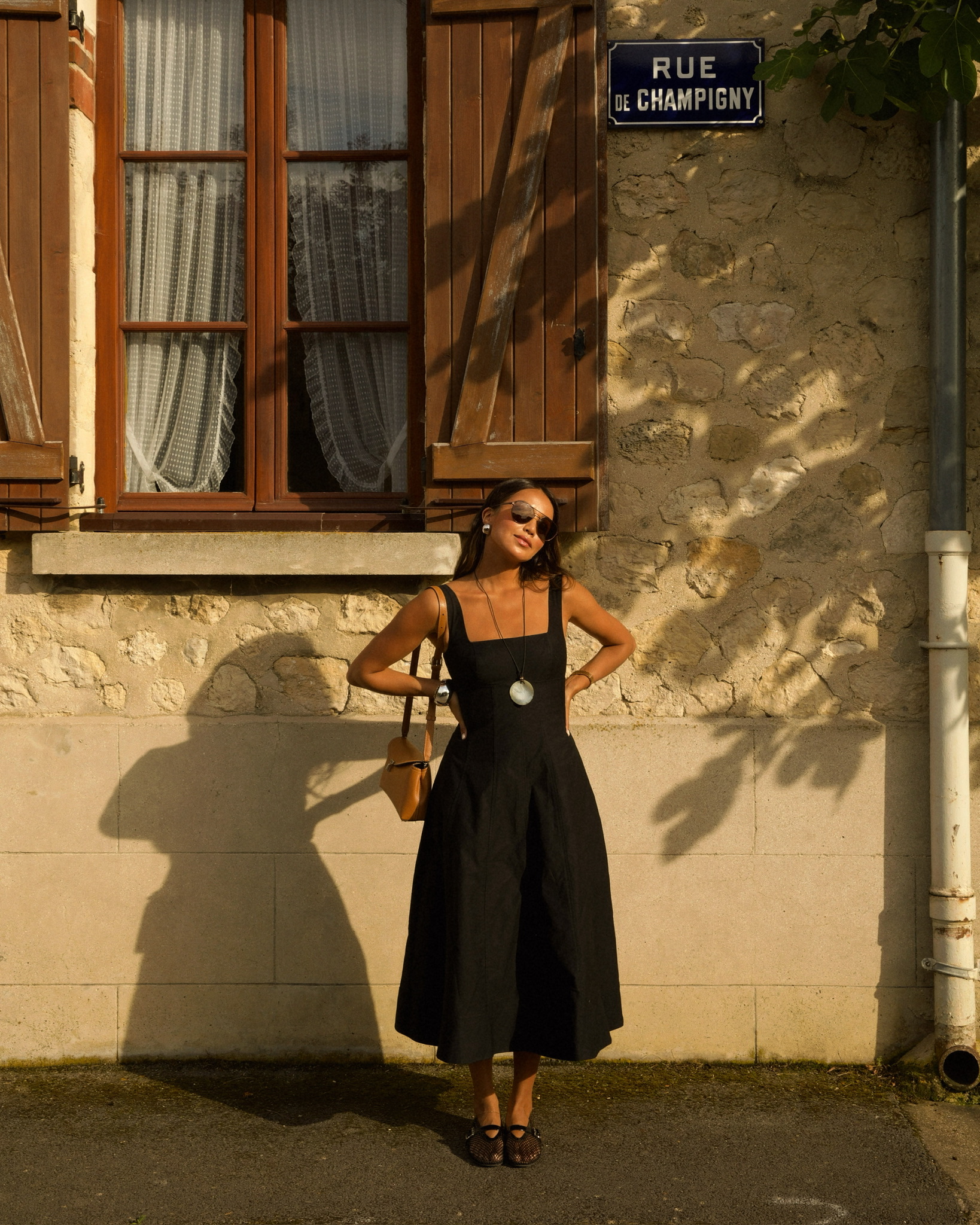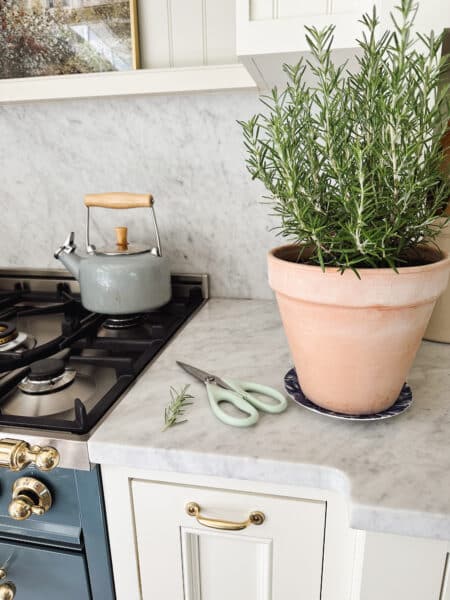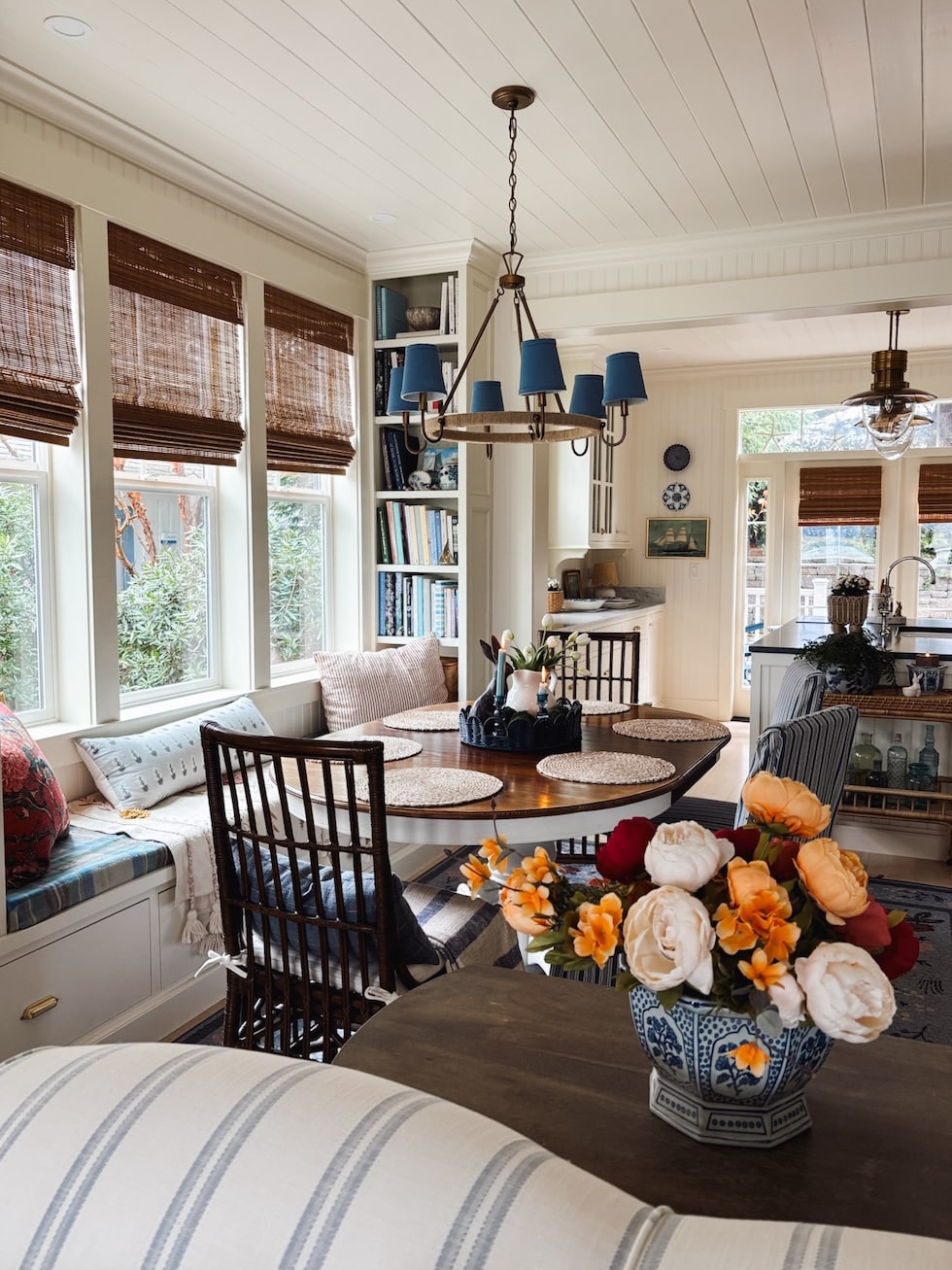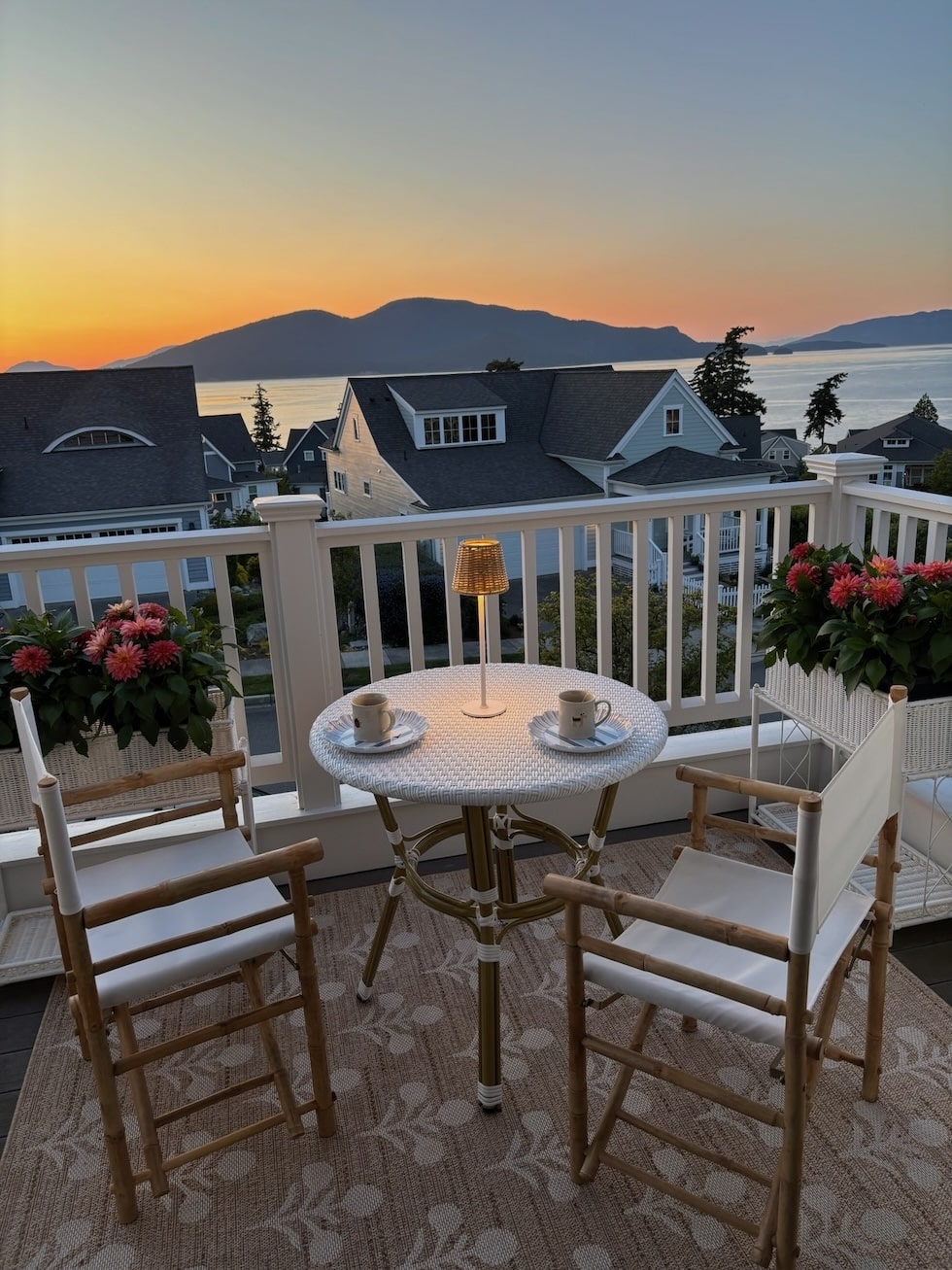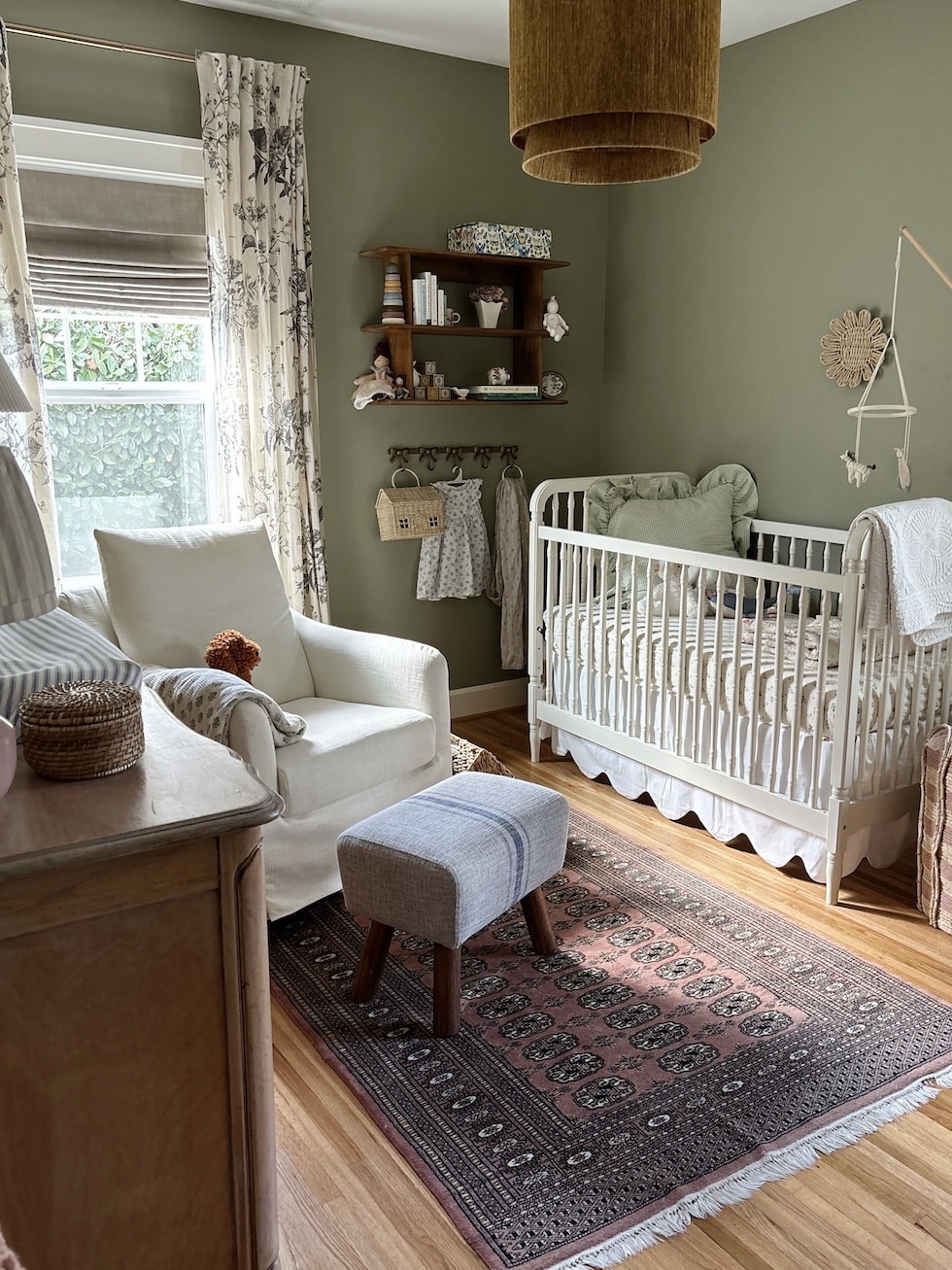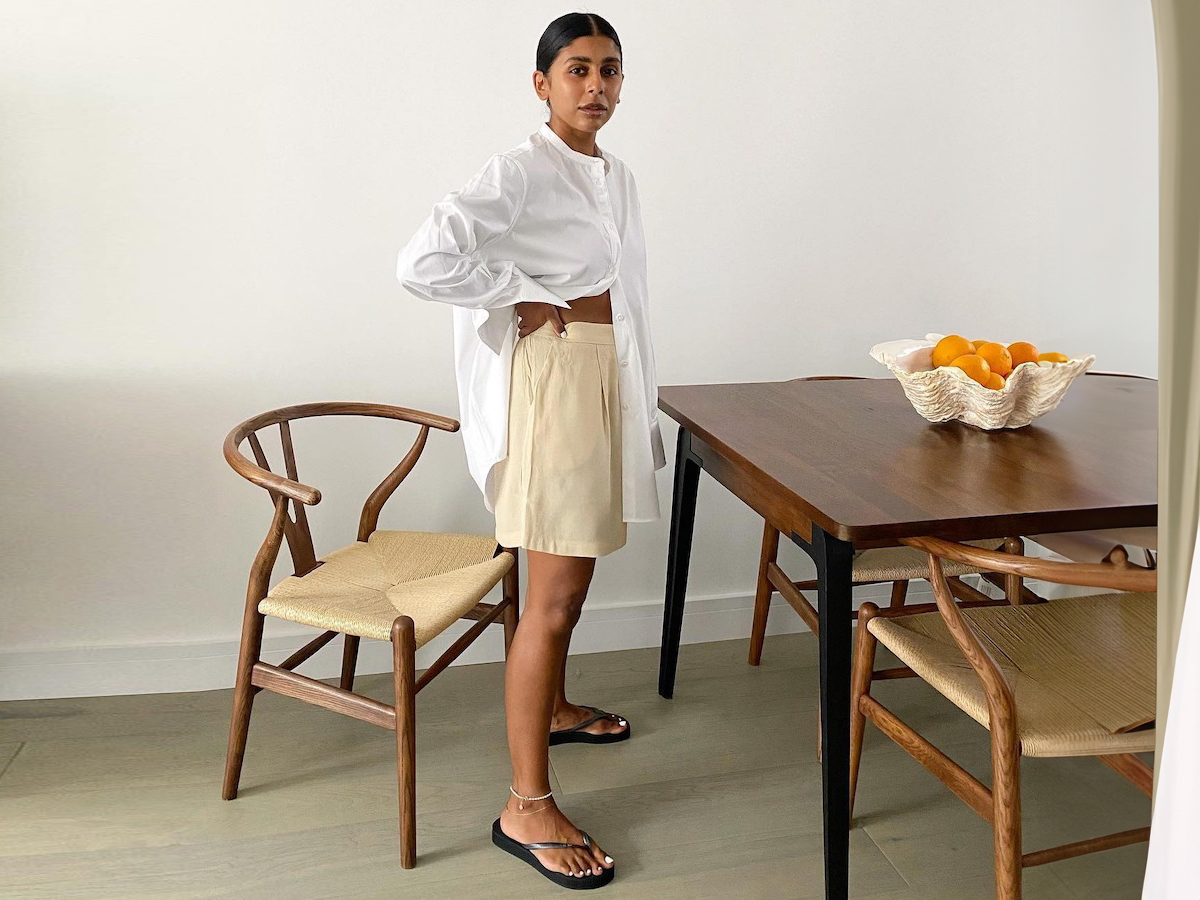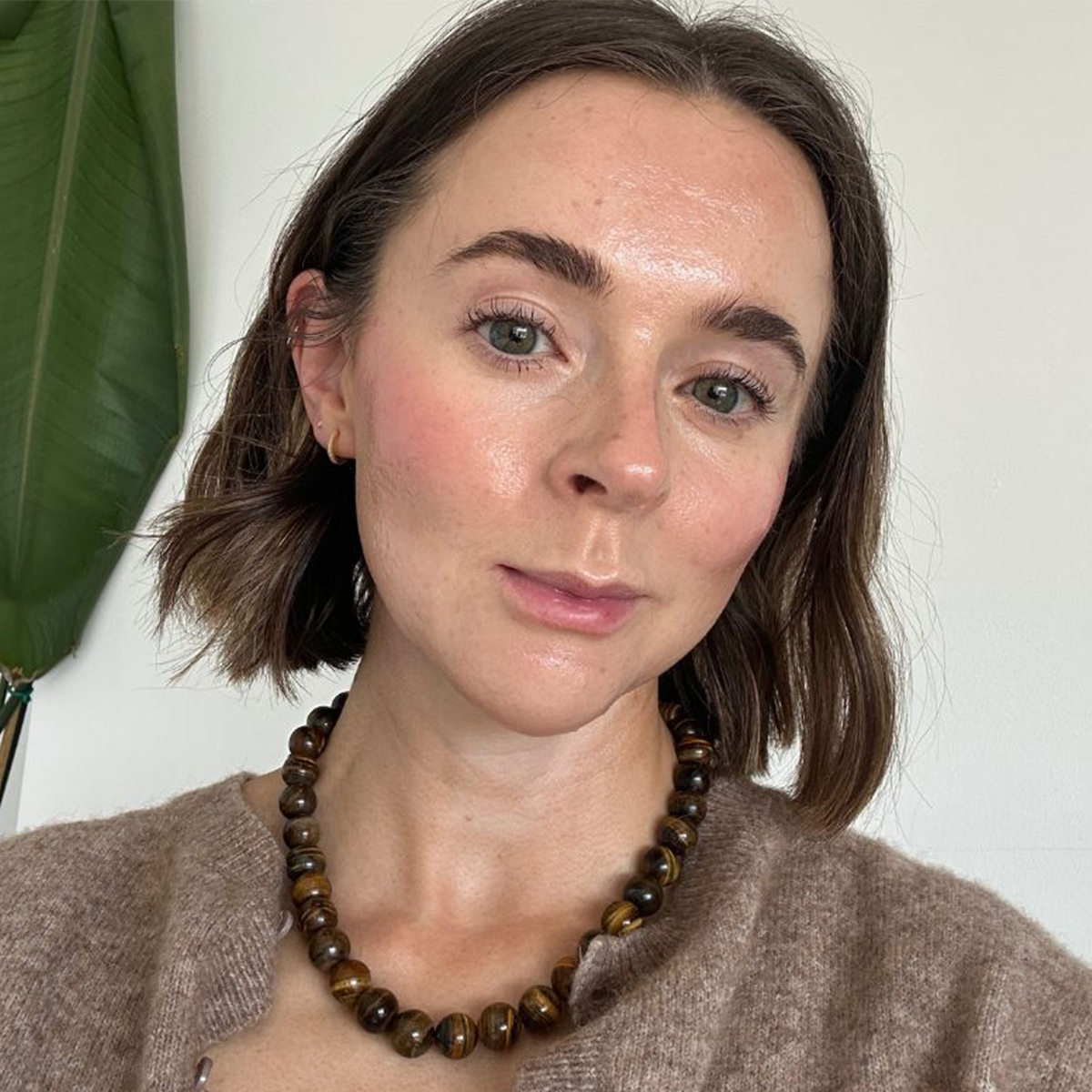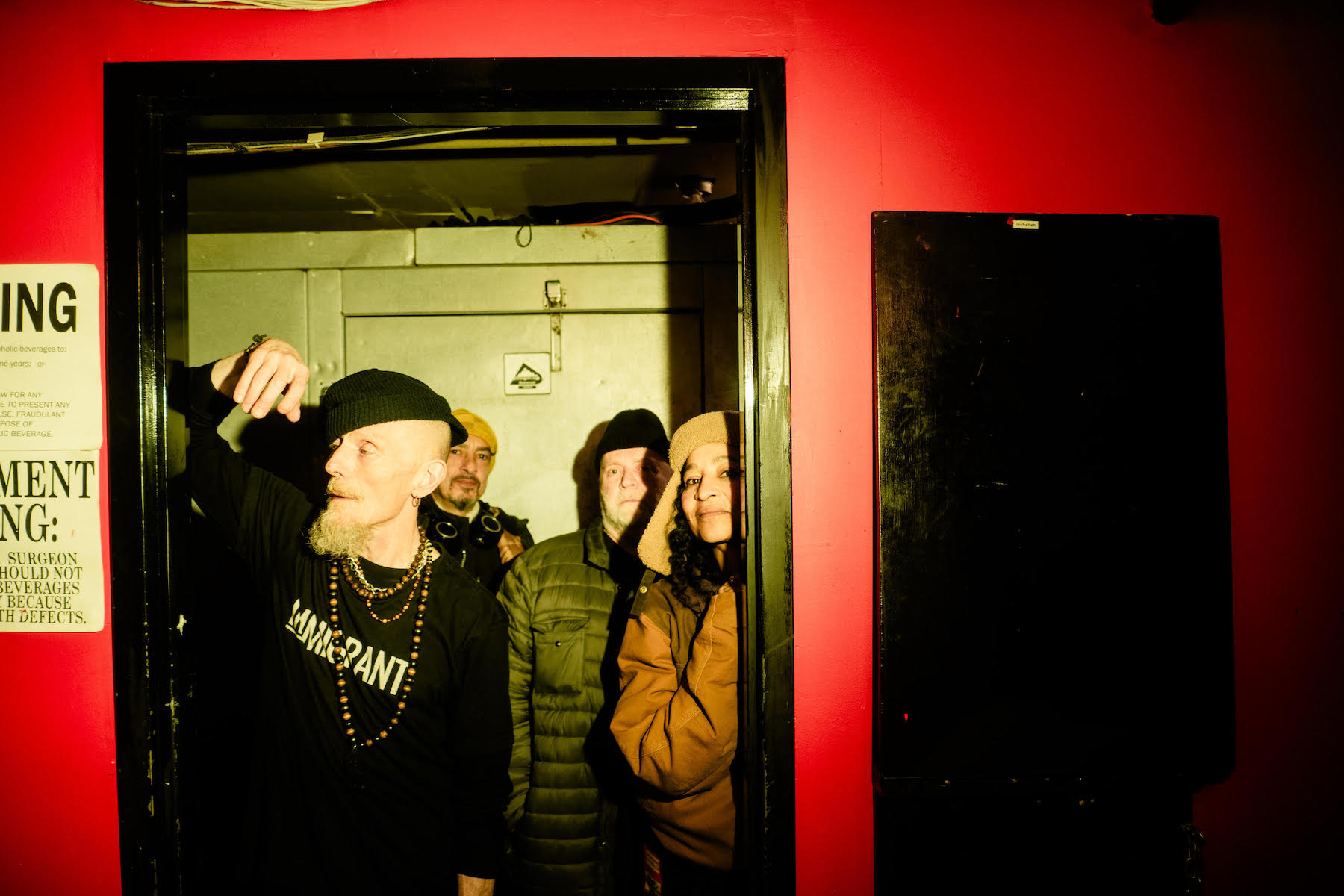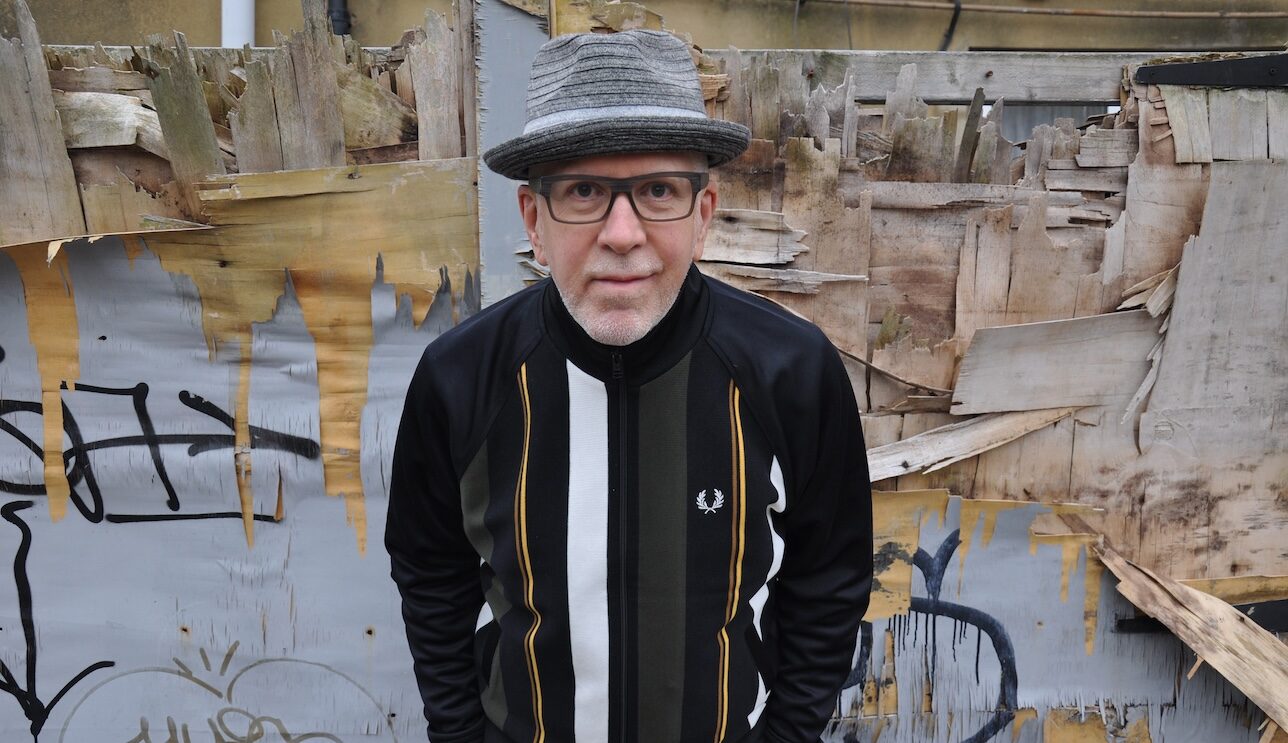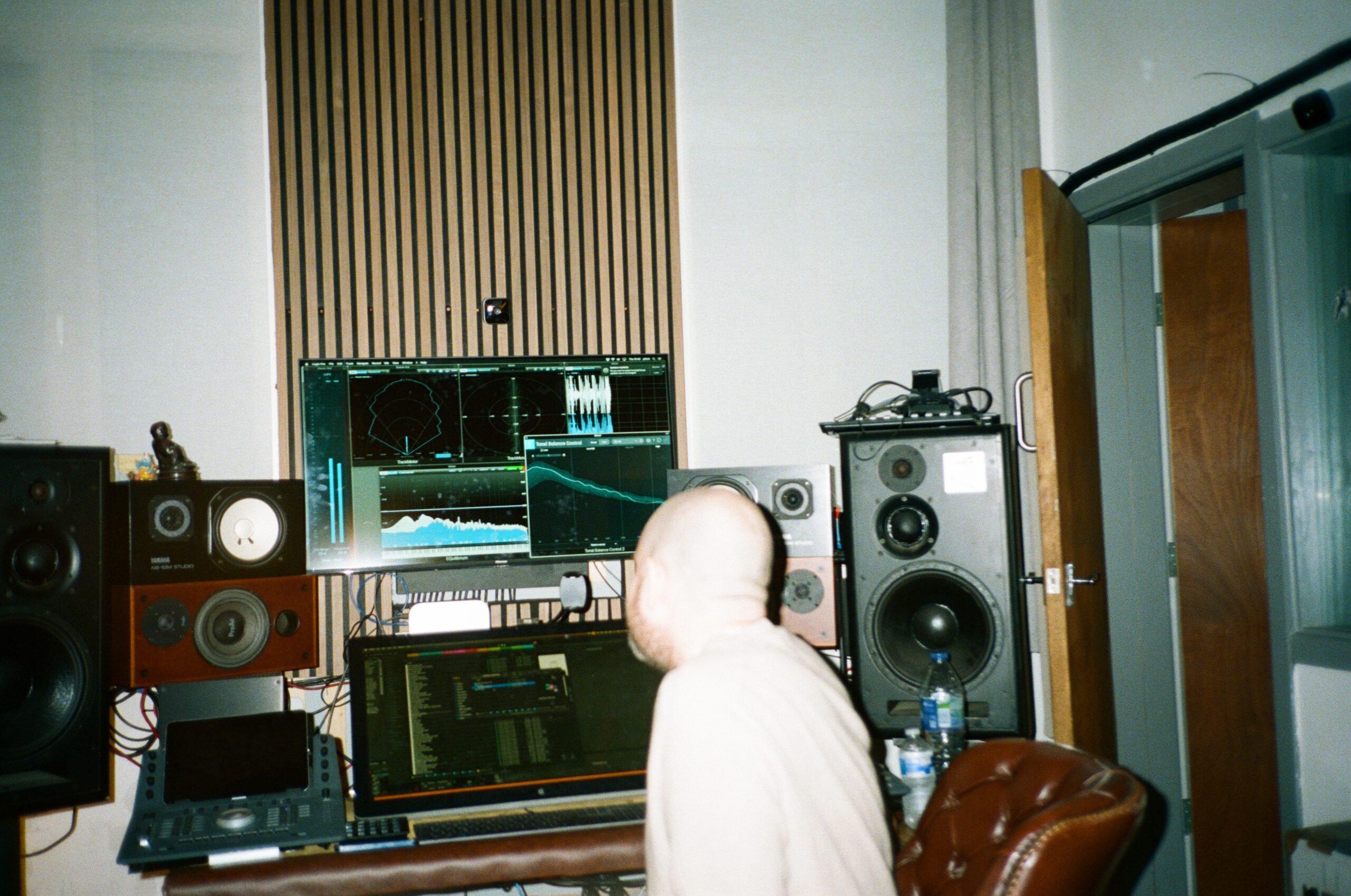Sustainable school in Brazil breathes new life into rural education
Sustainable school in Brazil breathes new life into rural educationNestled in the picturesque landscape of Mogi das Cruzes, São Paulo, the Municipal Rural School Nossa Senhora da Conceição has undergone a remarkable transformation. Through...


Nestled in the picturesque landscape of Mogi das Cruzes, São Paulo, the Municipal Rural School Nossa Senhora da Conceição has undergone a remarkable transformation. Through the “A Sustainable School” program by NGO Tagma and the creative vision of Sem Muros Arquitetura Integrada, this modest public elementary school has become a model for sustainable, community-oriented design in Latin America.
Housed in a 1950s building, the school originally had only two classrooms, makeshift administration spaces, and basic bathrooms that drained directly into a nearby stream. Despite its limitations, the school was surrounded by open grassy fields and beautiful scenery, an environment ripe for renewal. After an open call and several site visits, the school was selected by Tagma’s program, which integrates sustainable educational buildings in public schools across Latin America.
Designer: Sem Muros Arquitetura Integrada



A standout feature of the renovation was its participatory approach. Instead of making decisions in isolation, the architects invited students, staff, and families to workshops, asking: “What do you envision for this school?” Their collective input shaped the project, guided by three core principles: low environmental impact, hands-on construction, and a quick 45-day timeline. The renovation extended the school’s covered area, adding a wood-framed classroom for first graders and more patio space for protection from sun and rain. The cramped administration area was repurposed into two new bathrooms, one accessible and one for staff, while a clever system directed graywater to irrigate a banana tree circle and blackwater to an ecological treatment station. Adjacent to the bathrooms, new offices for teachers and administrators were built with wood frames and topped with a green roof, providing insulation and blending seamlessly with the landscape.


One of the most innovative additions is the multipurpose room, a dodecahedron-shaped space for music, dance, computer, and reading classes. Its rammed earth (compacted soil) structural walls are not just sustainable, they’re strikingly beautiful and sturdy. The wooden truss roof, made from small, manageable sections, converges at a central skylight that bathes the room in natural light. The space is open, flexible, and beloved by students for its playful character.



The project prioritized using available materials and creative solutions. Furniture was crafted from leftover wood, while dry straw from a neighboring farm was used to fill the wood frames of walls. The design blurs the line between indoors and outdoors, as windows double as doors and benches face both the interior and the surrounding landscape. What truly sets this project apart is the collaborative spirit. Builders, architects, school staff, families, children, and public authorities all played a role, ensuring that the final result genuinely reflects the needs and dreams of the community. This sustainable school stands as a testament to what’s possible when thoughtful design and community participation come together.



The post Sustainable school in Brazil breathes new life into rural education first appeared on Yanko Design.







![Jodie Comer, Alfie Williams, & Aaron Taylor-Johnson on Forging ’28 Years Later’ Family Bonds [Interview]](https://bloody-disgusting.com/wp-content/uploads/2025/06/DF-06497_rv3_2000x1333_thumbnail.jpg)






























































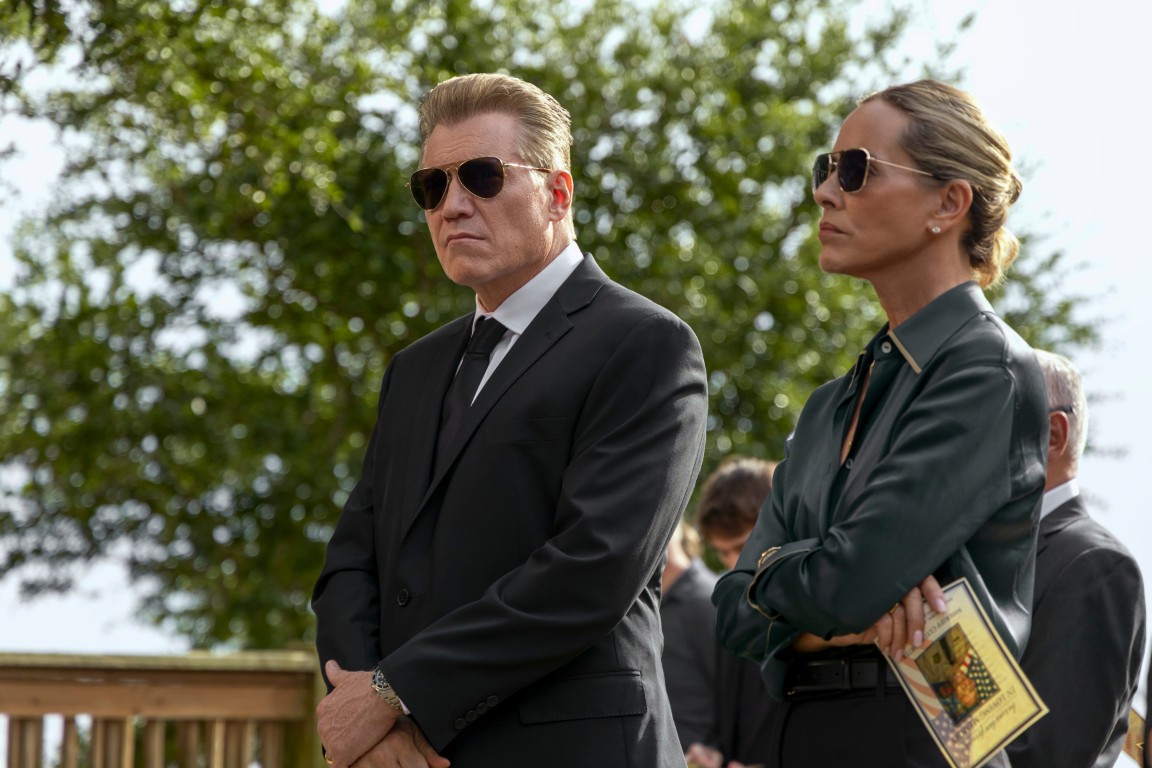


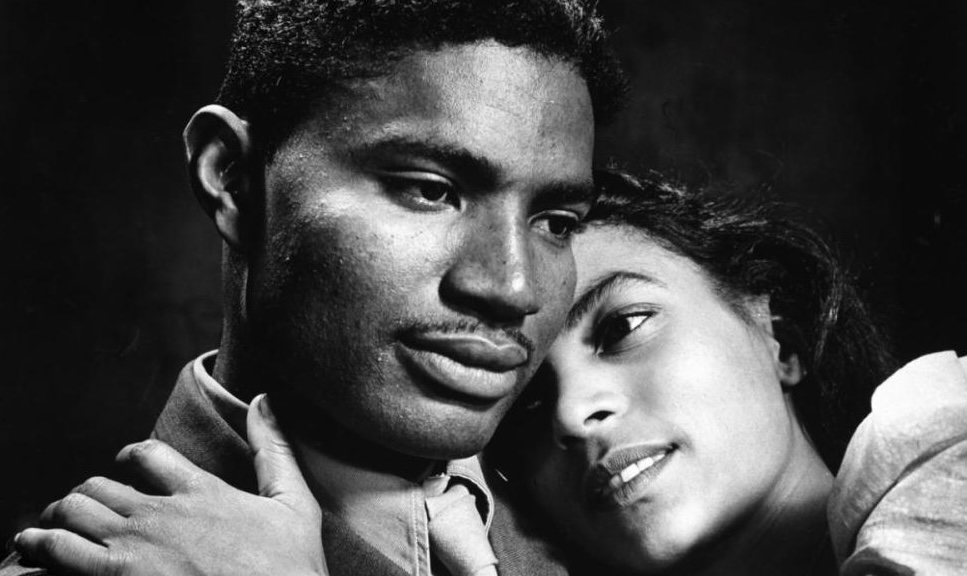
















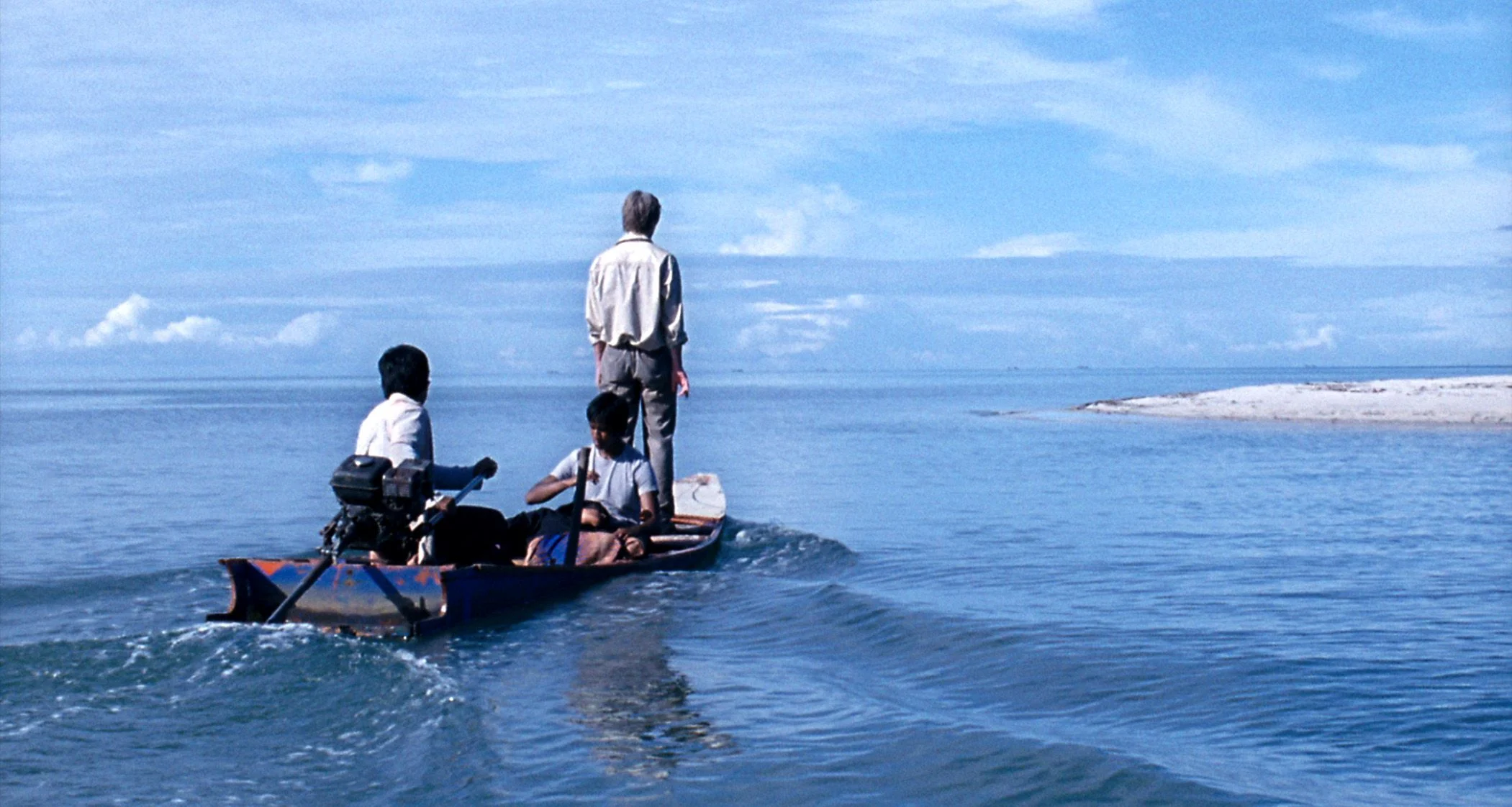

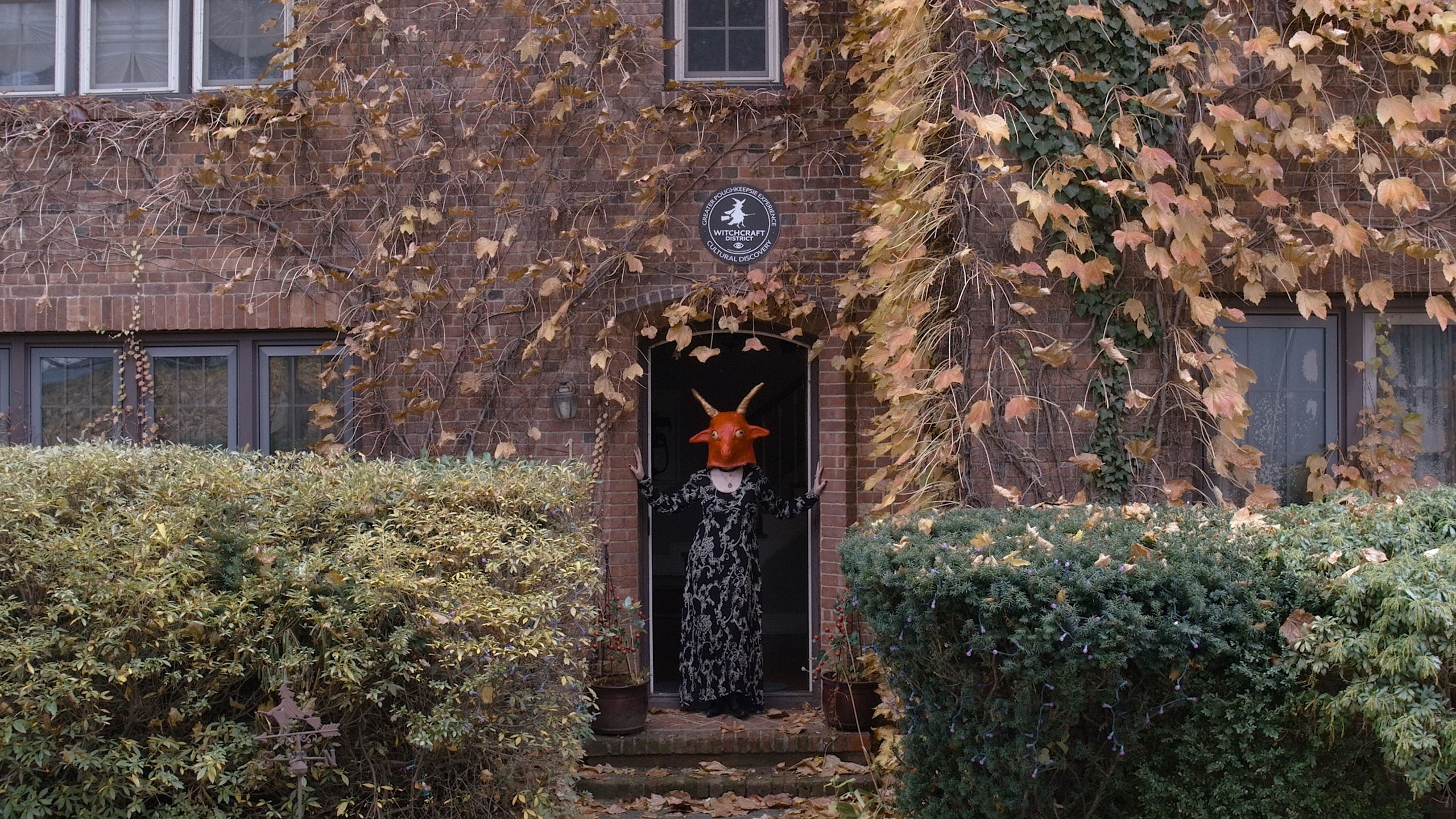
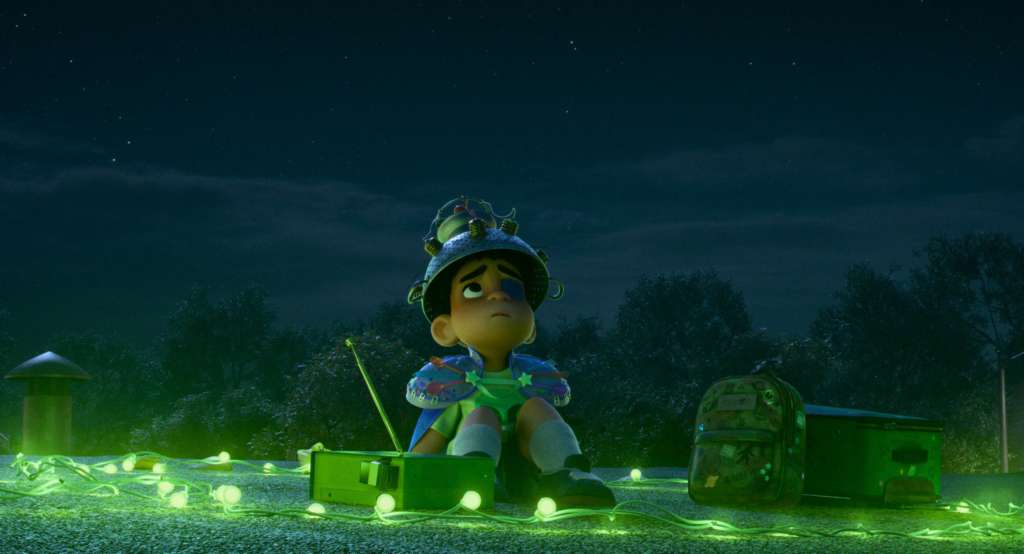












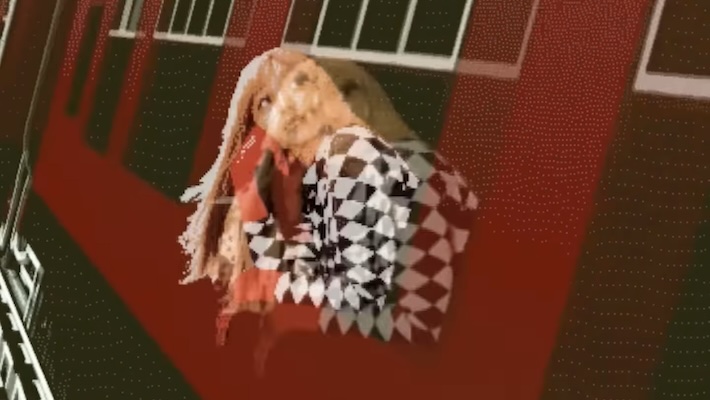


![Denver Airport: Endless TSA Lines & Constant Train Breakdowns—America’s Most Painful Home Airport [Roundup]](https://viewfromthewing.com/wp-content/uploads/2025/06/denver-airport-train.webp?#)

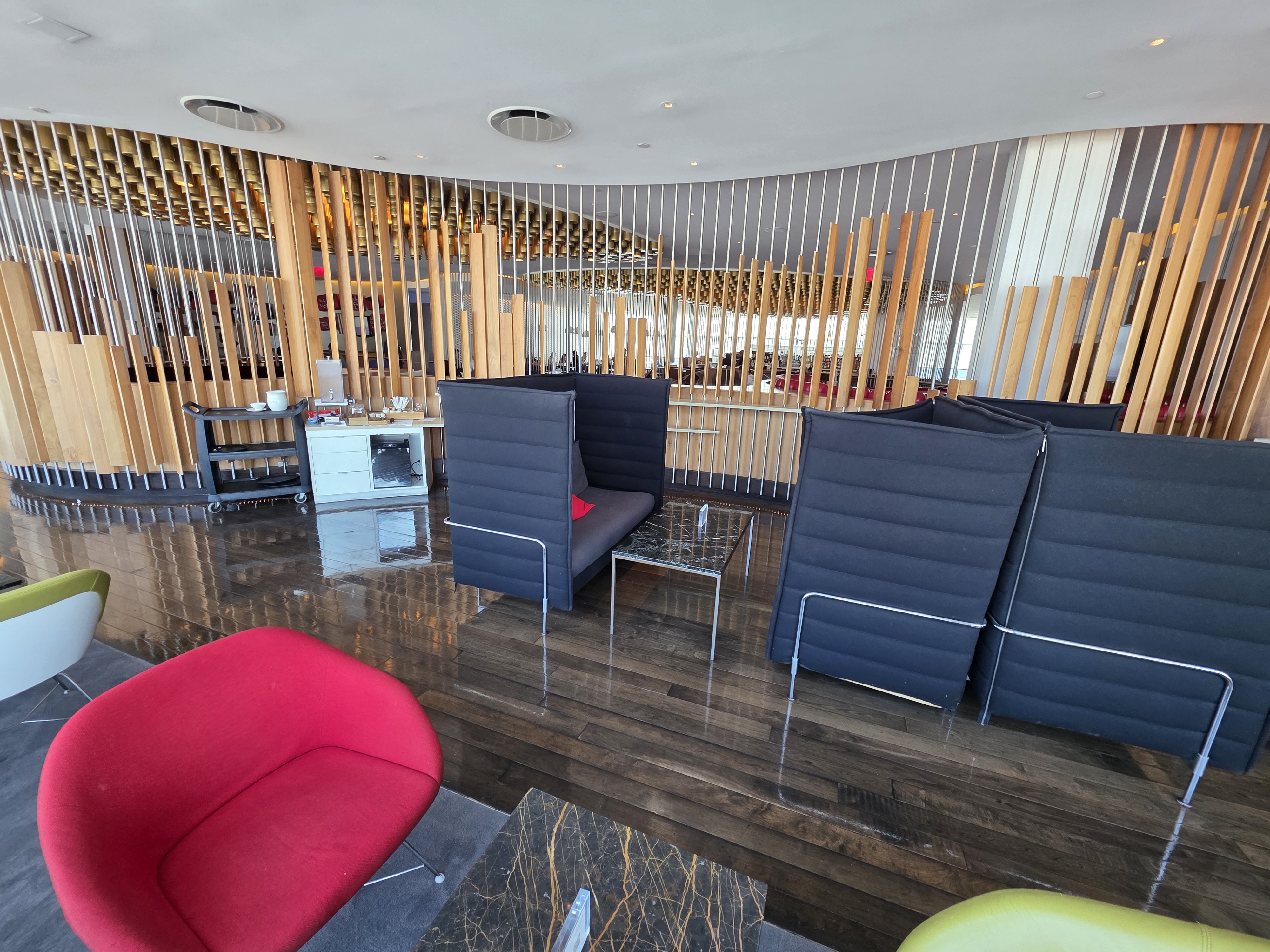
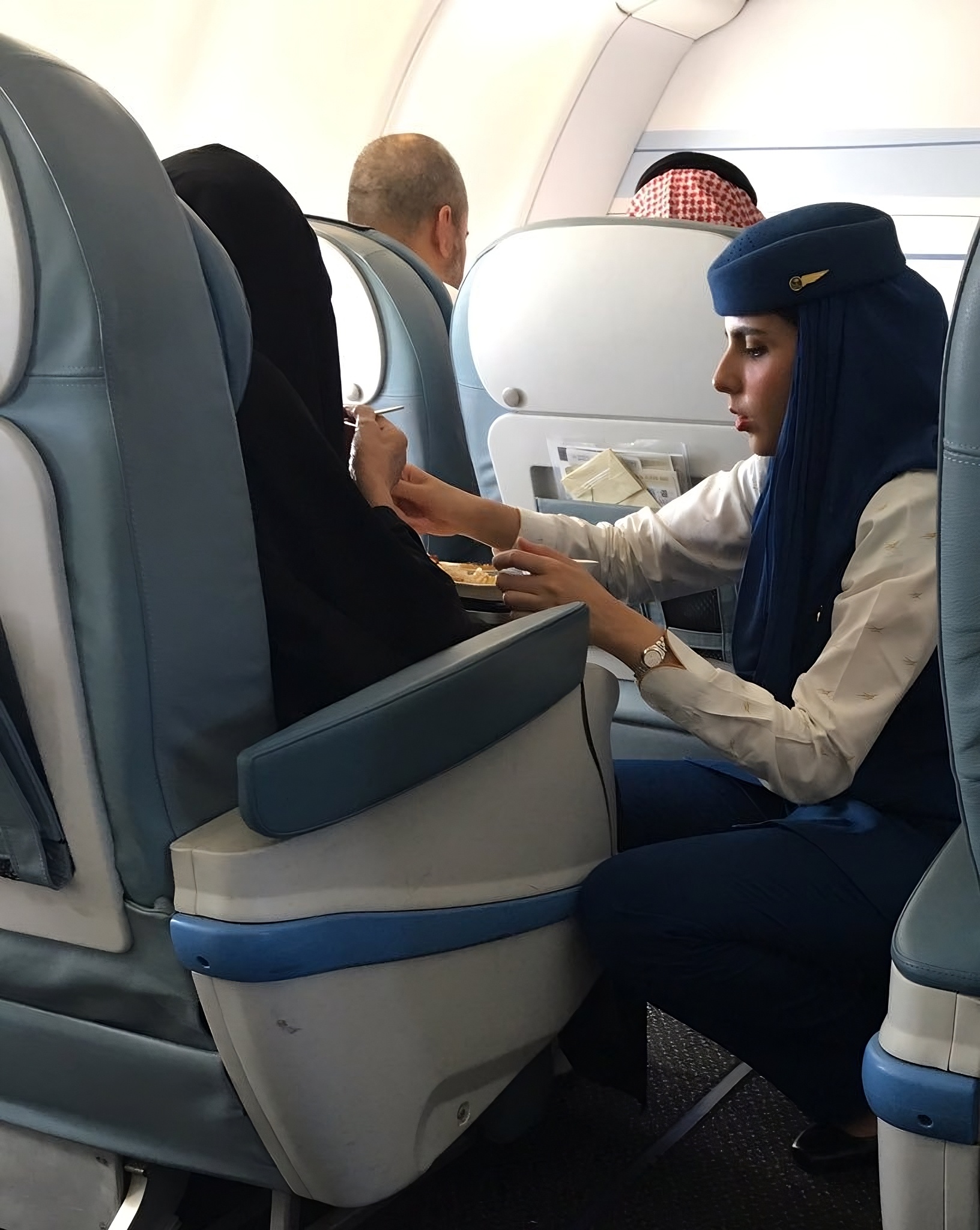



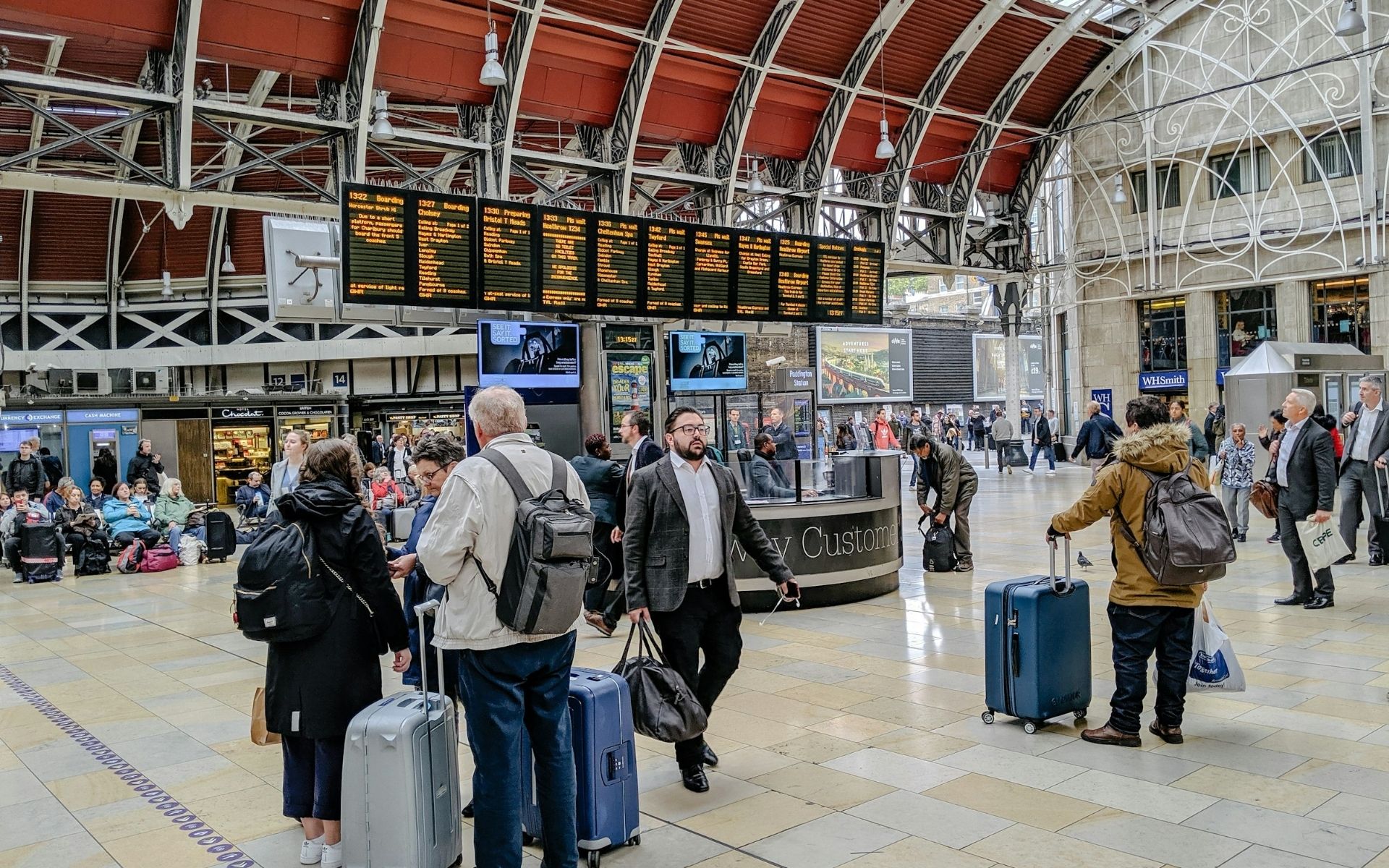






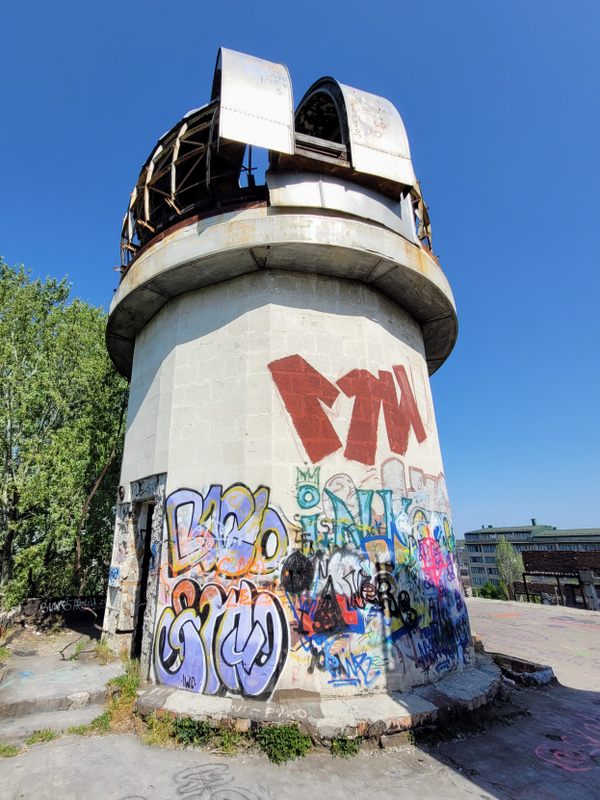

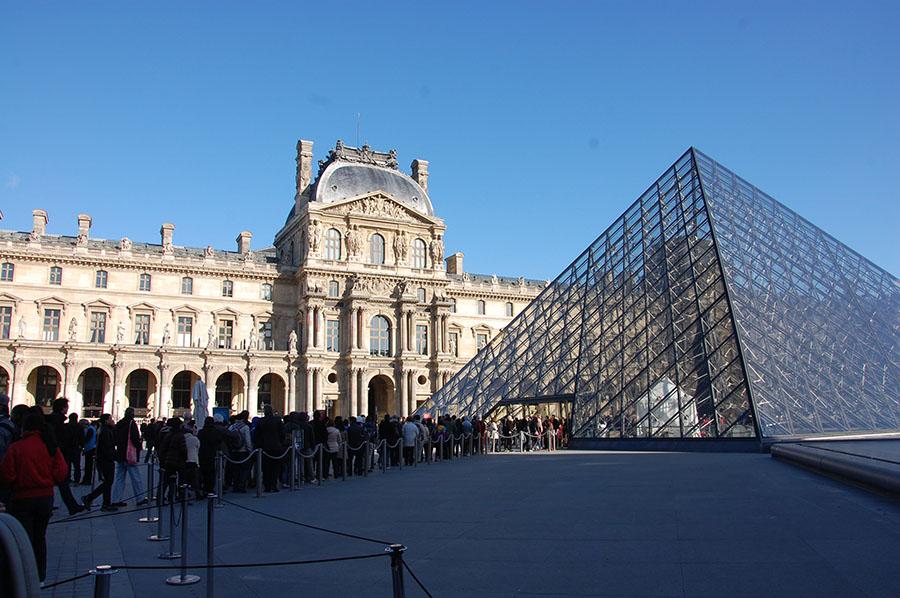







![Prices rise, benefits cut: The new normal coming for ultra-premium cards [Week in Review]](https://frequentmiler.com/wp-content/uploads/2025/06/Increasing-fees.jpg?#)








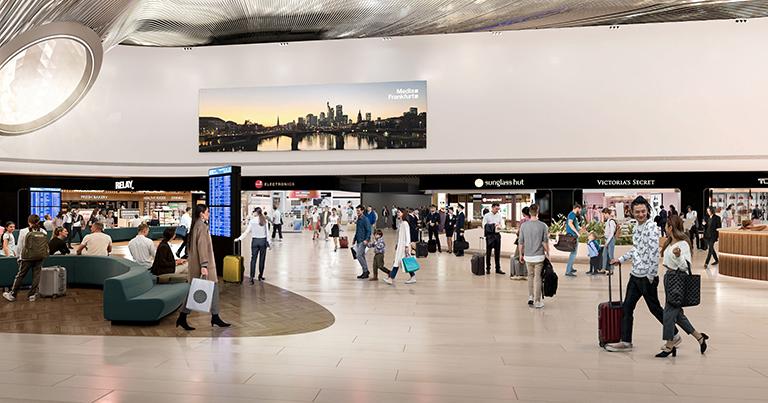



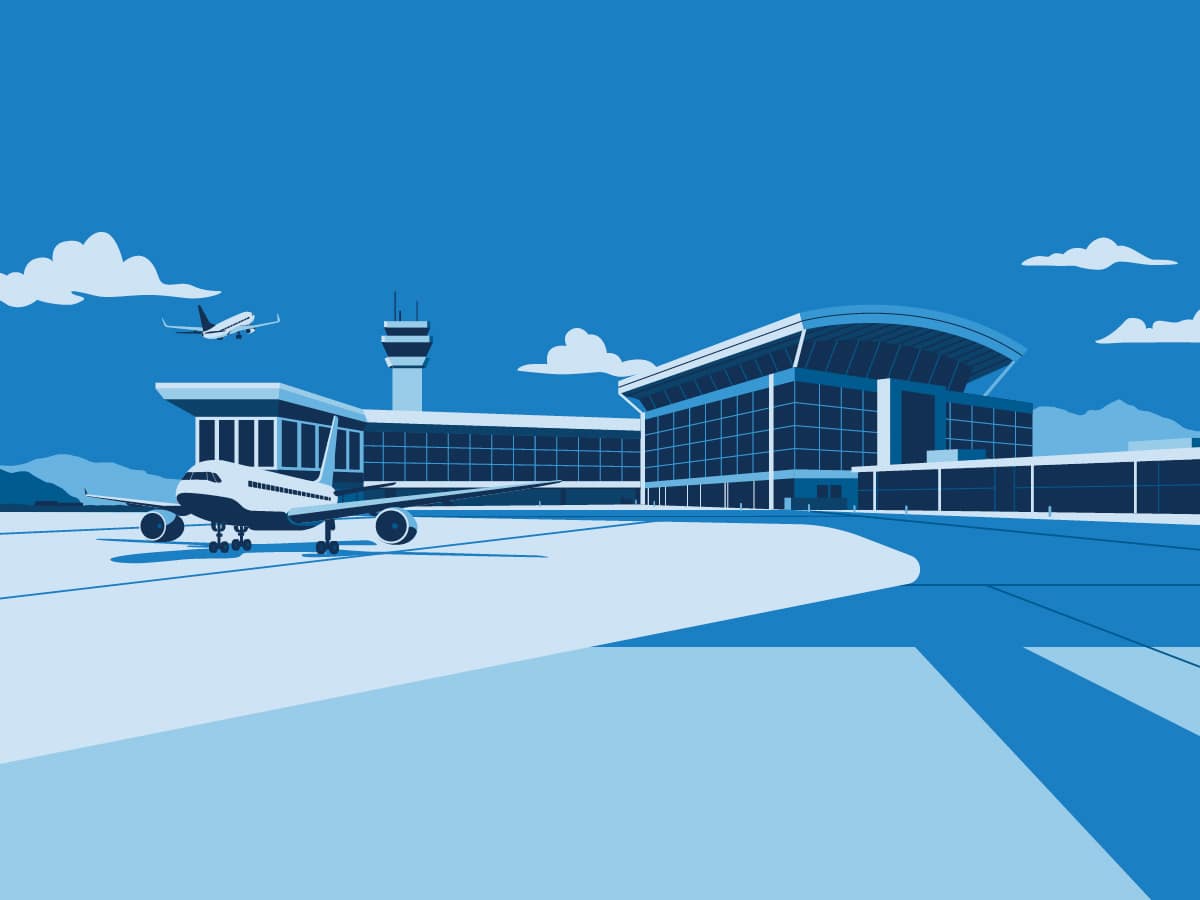
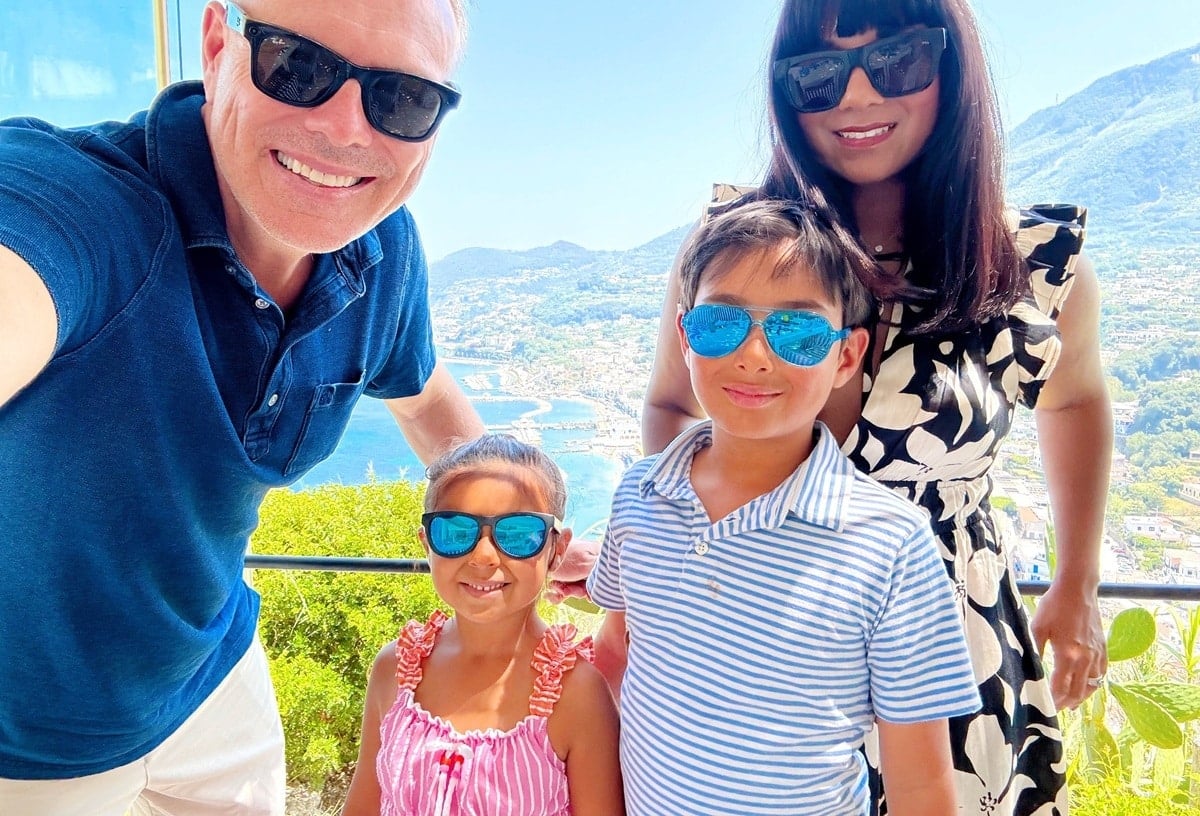



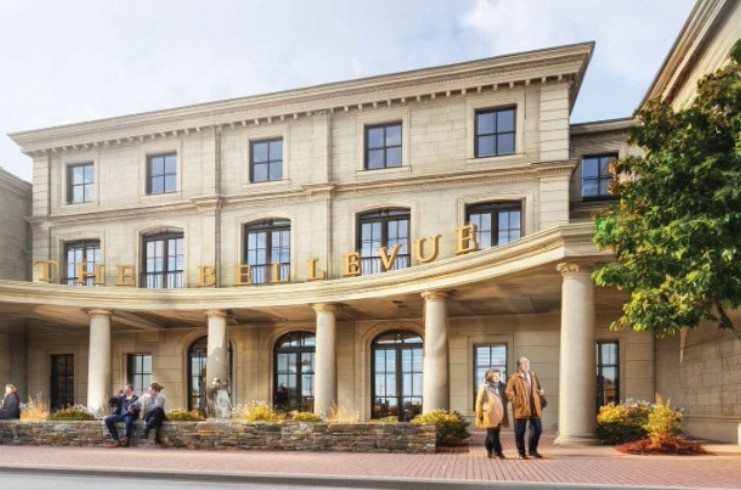






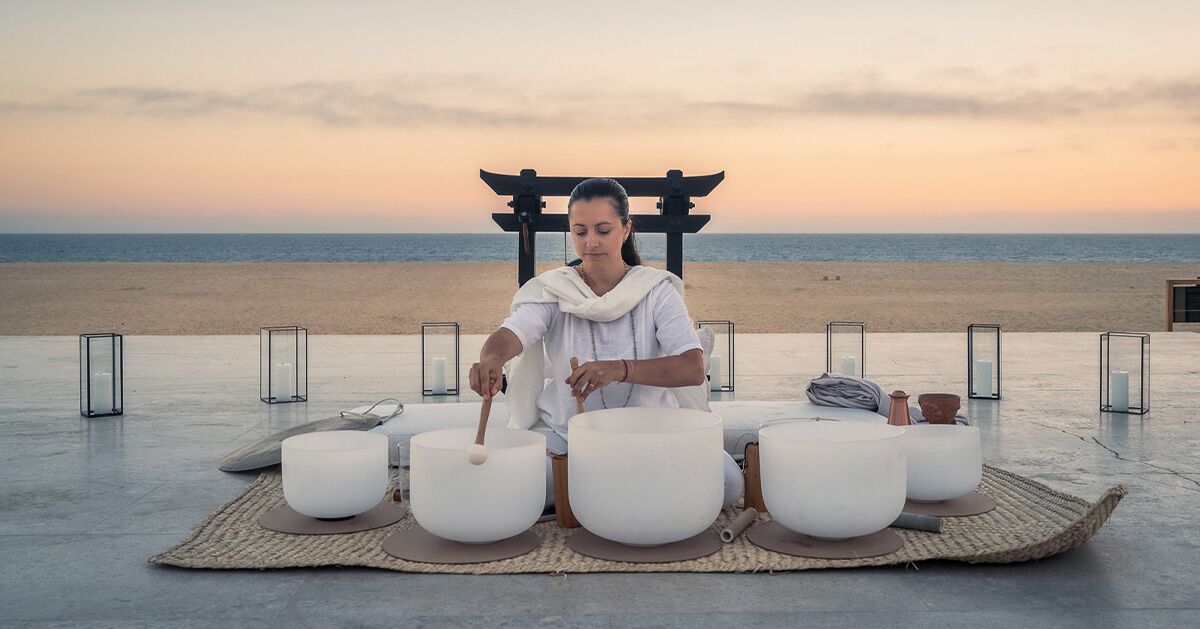
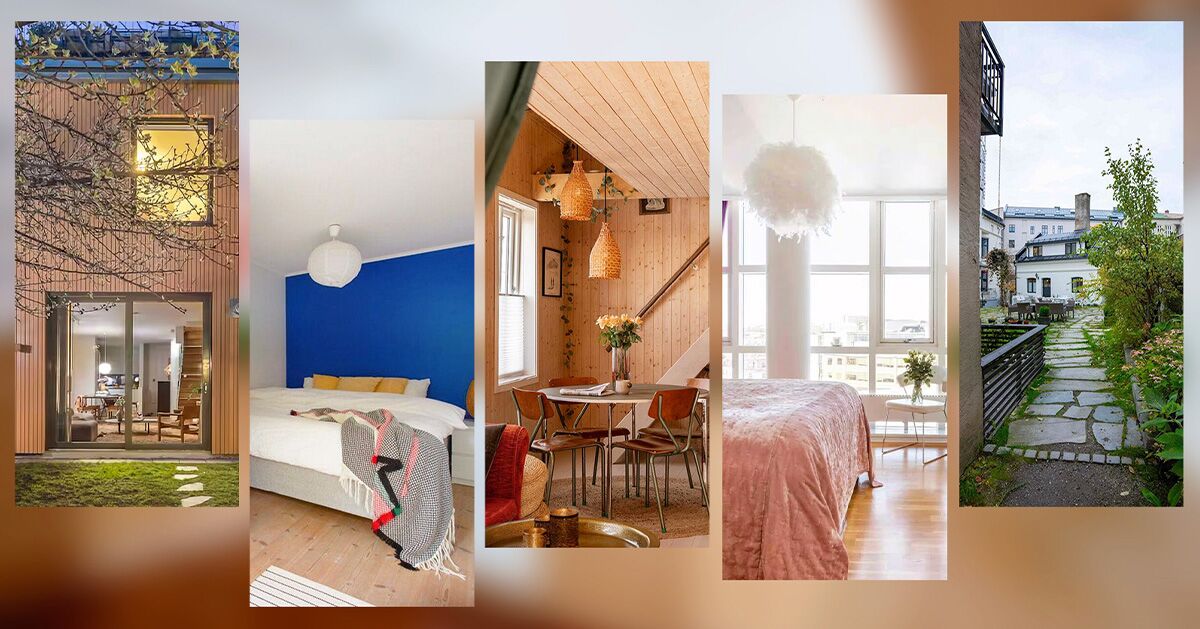






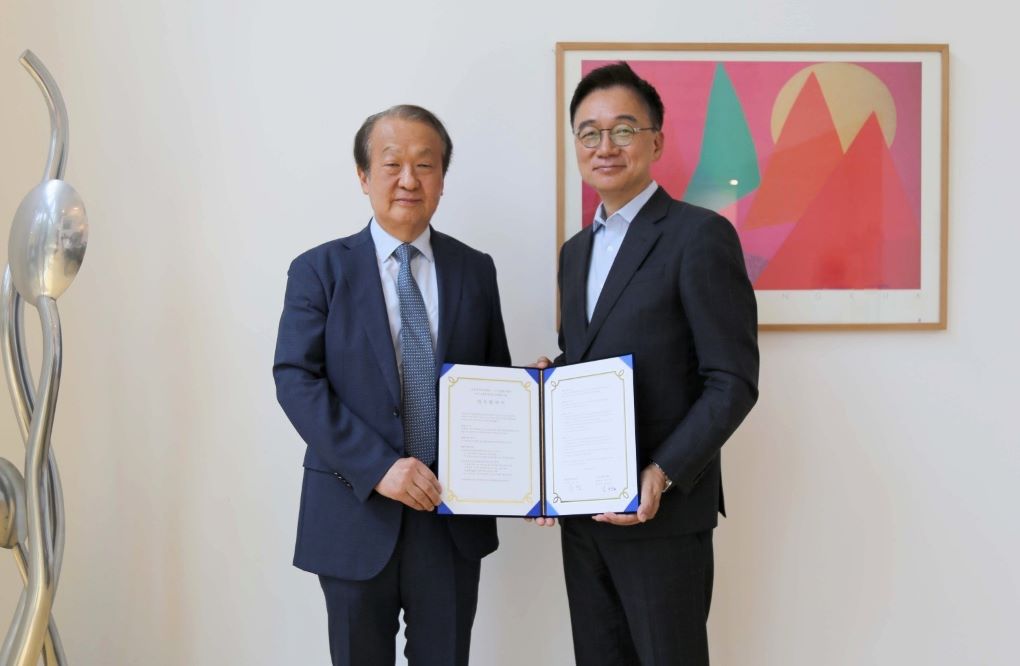






















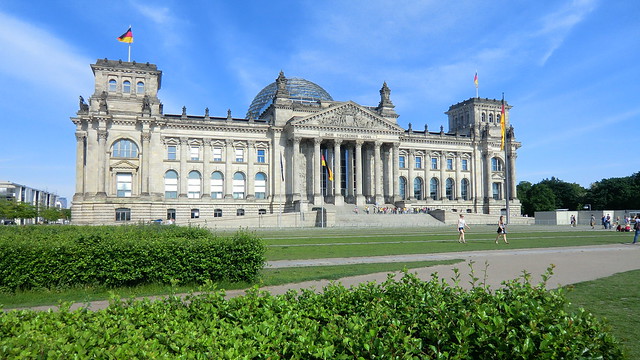

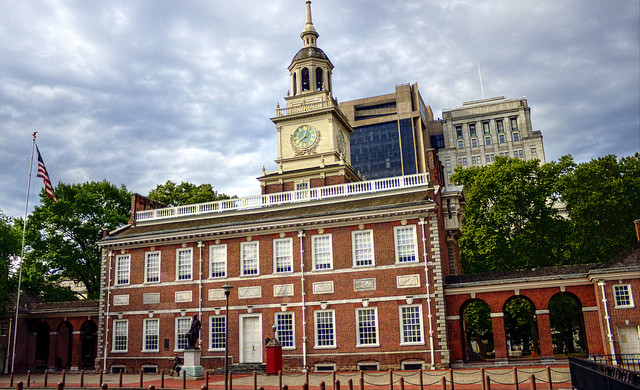
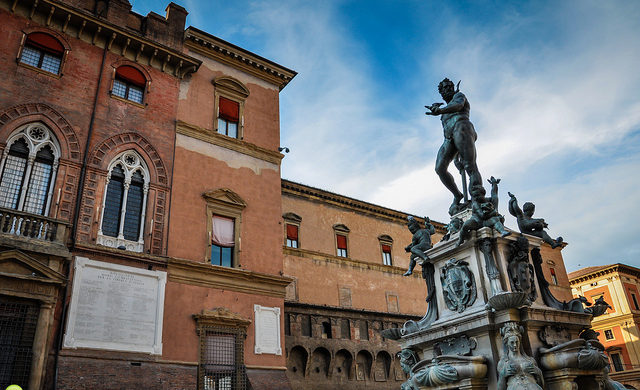








































































































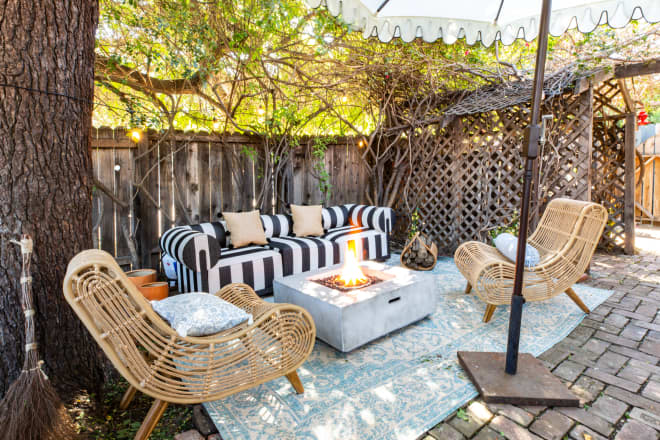


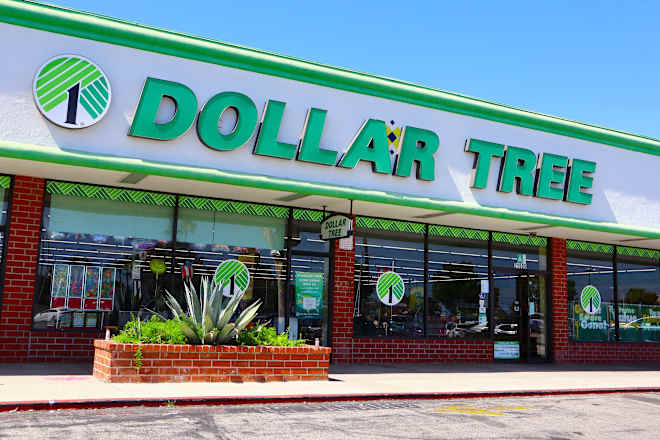

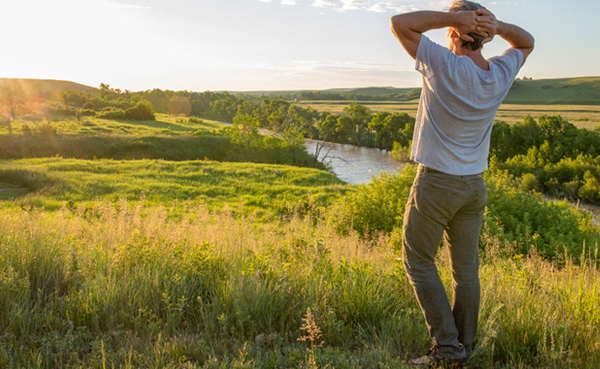




















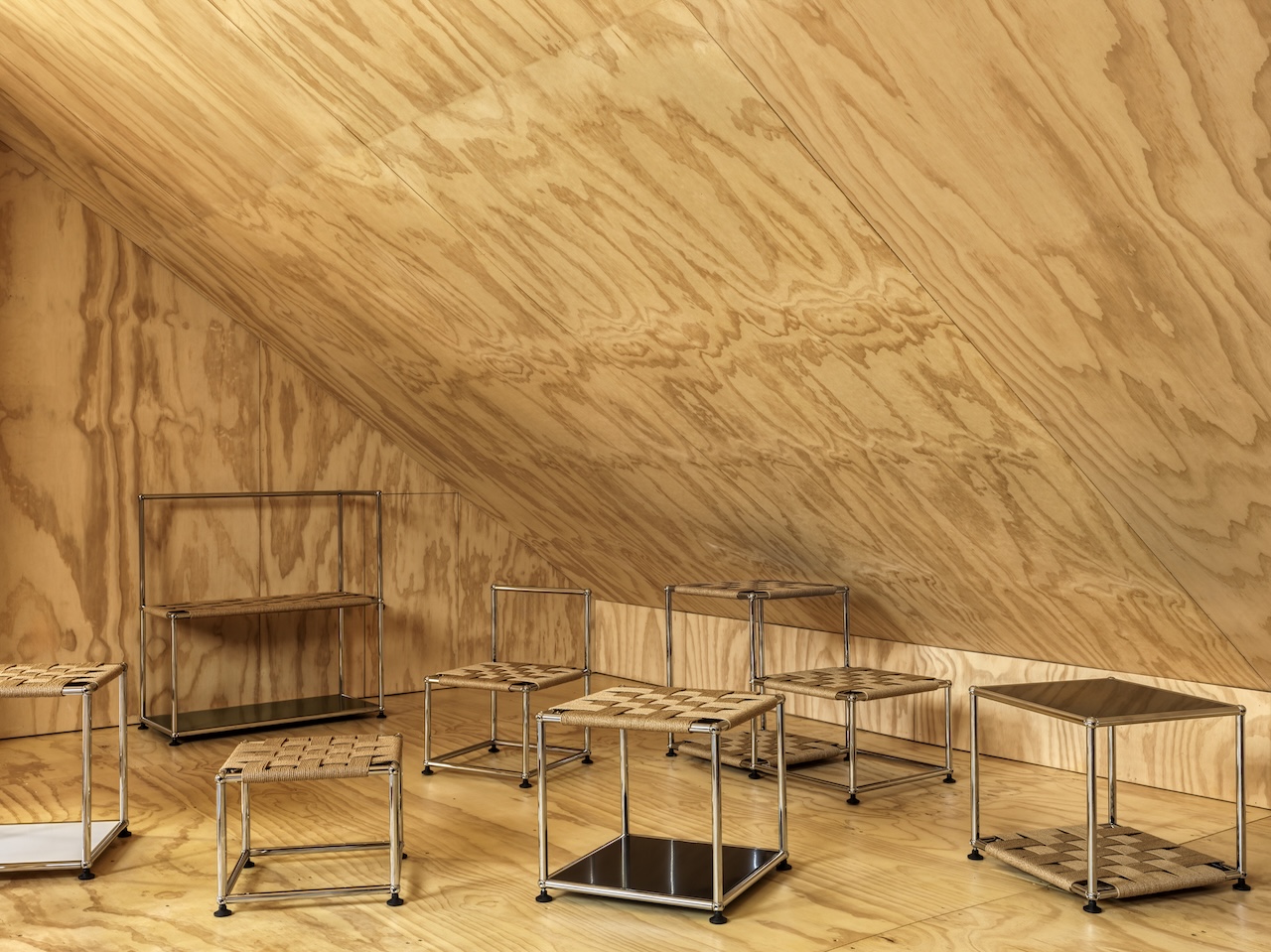
















































![[Podcast] Problem Framing: Rewire How You Think, Create, and Lead with Rory Sutherland](https://justcreative.com/wp-content/uploads/2025/06/rort-sutherland-35.png)


















